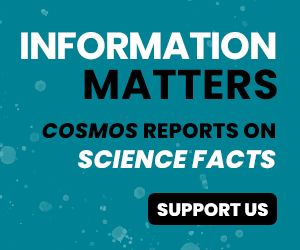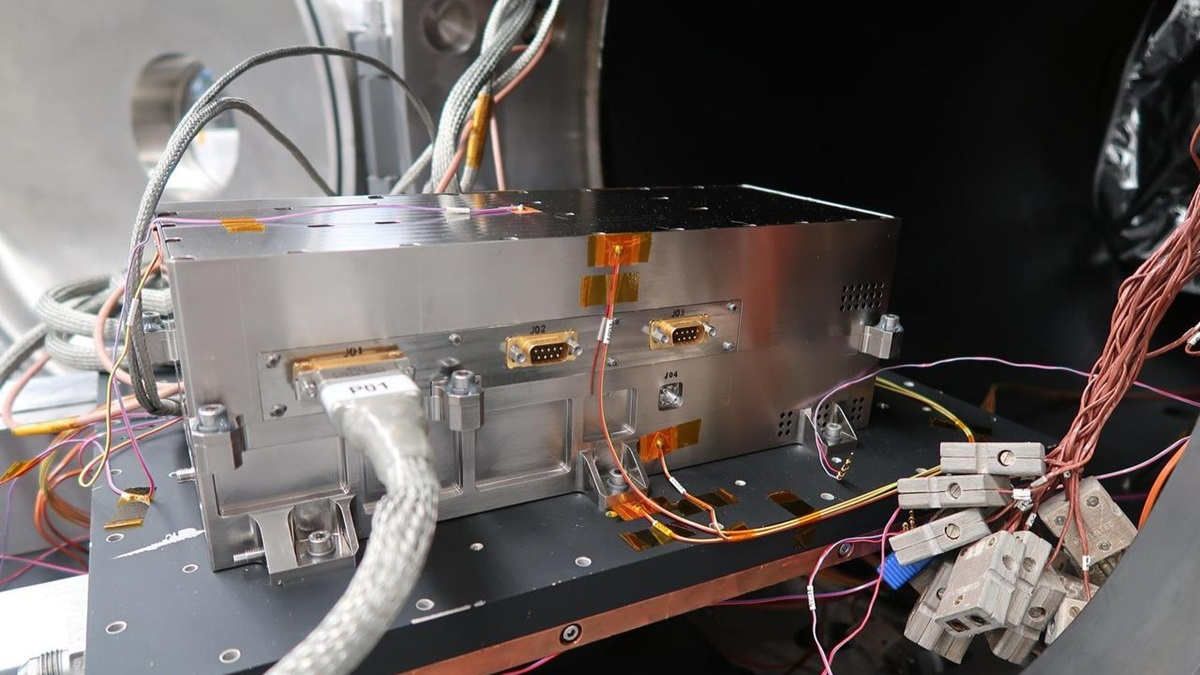Water on other planets and moons may be a crucial clue to finding extraterrestrial life. But finding water, even within our own solar system, is proving to be very difficult.
It’s a problem that NASA and the European Space Agency (ESA) are hoping to resolve with the JUICE [JUpiter ICy moons Explorer] mission launched a year ago on 14 April 2023.
Its objective is to study Jupiter and three of its Galilean satellites: Ganymede, Callisto and Europa. These are all icy worlds which show promise as potential sites of life outside Earth within our own solar system.
Like Saturn’s Enceladus, these moons of Jupiter are suspected to have oceans of liquid water beneath their icy crusts.
On board JUICE are a suite of remote sensing instruments.
One instrument, called RIME, for Radar for Icy Moon Exploration, is designed to sense liquid water beneath the surface of planetary bodies.

It is an adaptation of ground-penetrating radar (GPR) which has already proven useful in finding liquid water under thick ice on Earth and Mars.
Not only can the technology detect liquid water, it can also determine the chemistry of the water beneath the ice. Deeper radar penetration suggests less salt in the ice.
Such radar systems will also be aboard NASA’s Europa Clipper mission which is due to launch later this year.

Dr Elena Pettinelli of Italy’s Roma Tre University, this information will improve understanding of the distribution of liquid water in the solar system. “There’s much more water than we thought 20 or 30 years ago, and it’s really interesting to use this technique to try to understand where the water could be.” Pettinelli was part of the team that discovered a stable body of liquid water under glaciers at the Martian South Pole.
Cosmos readfers can hear, via Zoom, Pettinelli discuss RIME in a talk at the European Geosciences Union General Assembly EGU24 next week.

![]()










